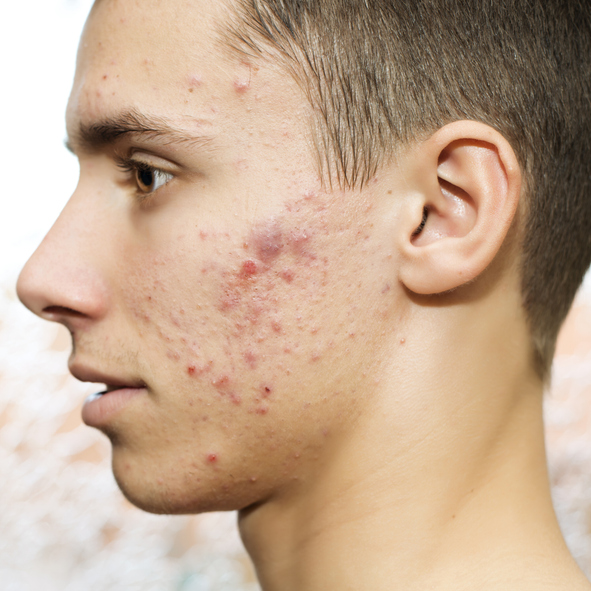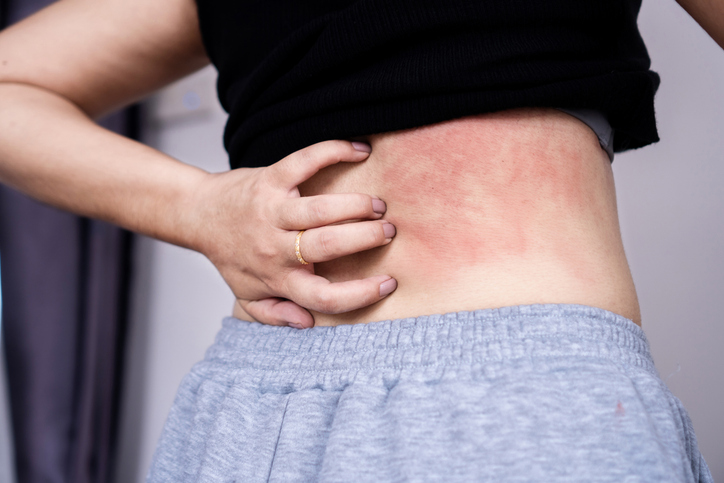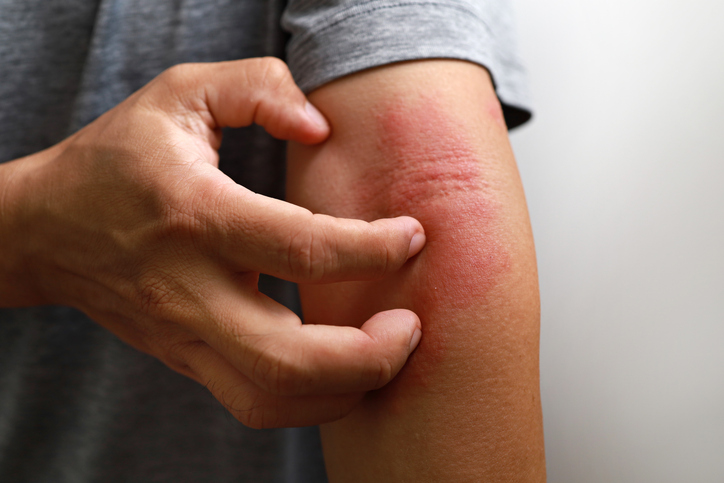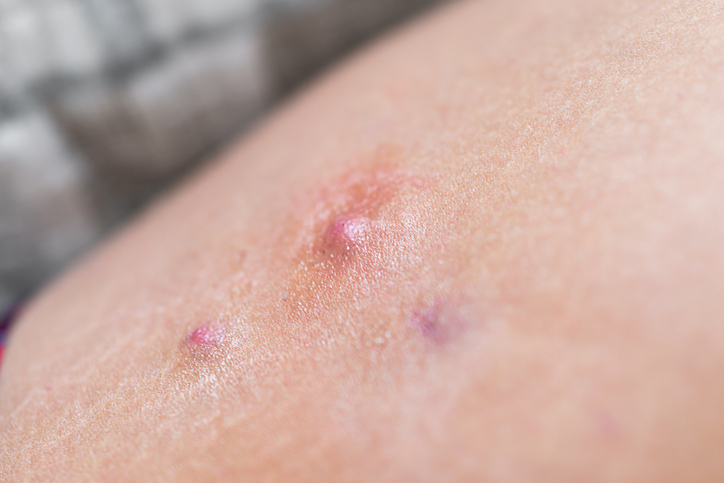
In a cross-sectional study of 1,671 children aged 8 to 17 years, researchers aimed to assess the extent to which stigmatization affects the quality of life (QOL) in children and adolescents with chronic skin disorders.
Results were published in JAMA Dermatology.
Using the generic Patient-Reported Outcomes Measurement Instrumentation System (PROMIS) Pediatric Stigna (PPS) and a new Proxy PPS-Skin measure for caregivers, the researchers measured the extent of stigma related to skin disorder, associated severity and visibility, mental, and social health-related to chronic skin disease.
QOL was assessed using the Skindex-Teen measurement. The primary outcome was measured childhood stigma concerning disease visibility. The most common physician-determined diagnoses represented in the study were acne (22.8%), atopid dermatitis/eczematous disorders (22.5%), alopecia (11.3%), and psoriasis (7.4%). Overall, 56.4% of the children reported having highly visible skin disorders, and 50.5% reported disease severity as moderate and 21.3% as severe.
Skin conditions most frequently reported by children as highly visible included acne (74.5%) and dermatomyositis/lupus (75%). The conditions rated highest in self-reported severity were hyperhidrosis (55.6%), epidermolysis bullosa (EB, 33.3%), and atopic dermatitis (AD, 32.4%).
Overall, 29.4% (n=398) of parents reported being aware that their child had experienced bullying, which occurred primarily at school (94%), and to a lesser extent online (5%), at home (4%), or in other public settings such as parks, camps, or stores (12%).
Stigma showed a strong correlation with overall QOL (P=0.73) and psychosocial functioning (P=0.76), both statistically significant (P<0.001). Stigma was also strongly associated with child-reported depression scores (P=0.61) and moderately associated with anxiety (P=0.54) and peer relationships (P=-0.49, with the negative value indicating poorer relationships, all with P<0.001).
“The findings of this cross-sectional study suggest that stigma is central to the impact of chronic skin disease on QOL and mental health. Better treatment approaches for chronic skin diseases in children remain an unmet need. Increased awareness and instituting medical and psychological interventions to identify and reduce stigma and disease severity are important directions for improving QOL,” the researchers concluded.
Reference
Paller AS, et al. JAMA Dermatol. 2024;160(6):621-630. doi:10.1001/jamadermatol.2024.0594







 © 2025 Mashup Media, LLC, a Formedics Property. All Rights Reserved.
© 2025 Mashup Media, LLC, a Formedics Property. All Rights Reserved.